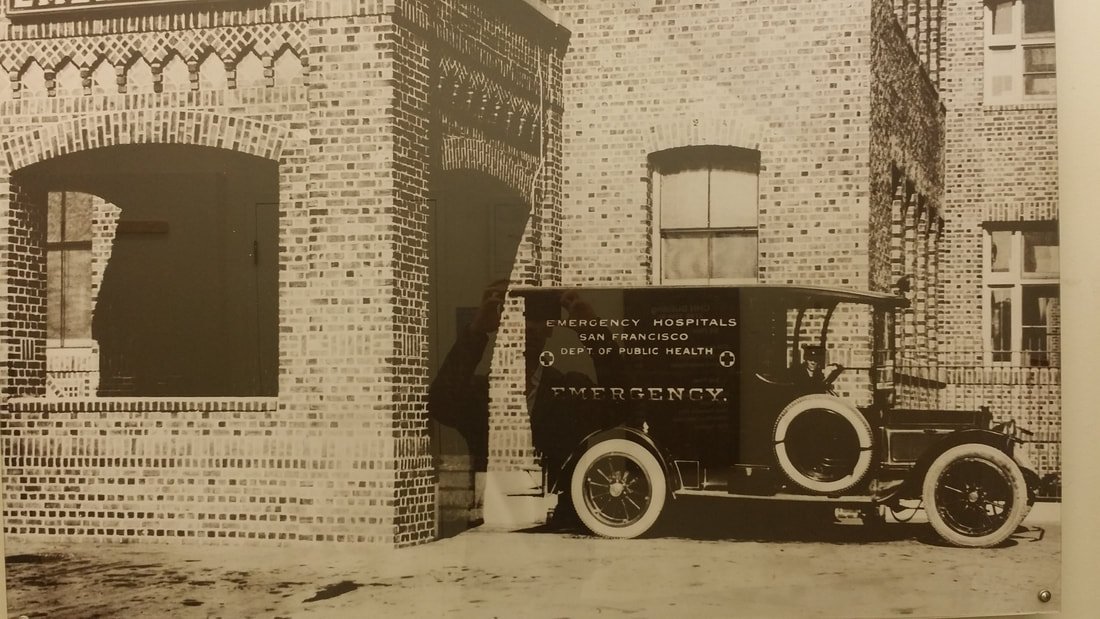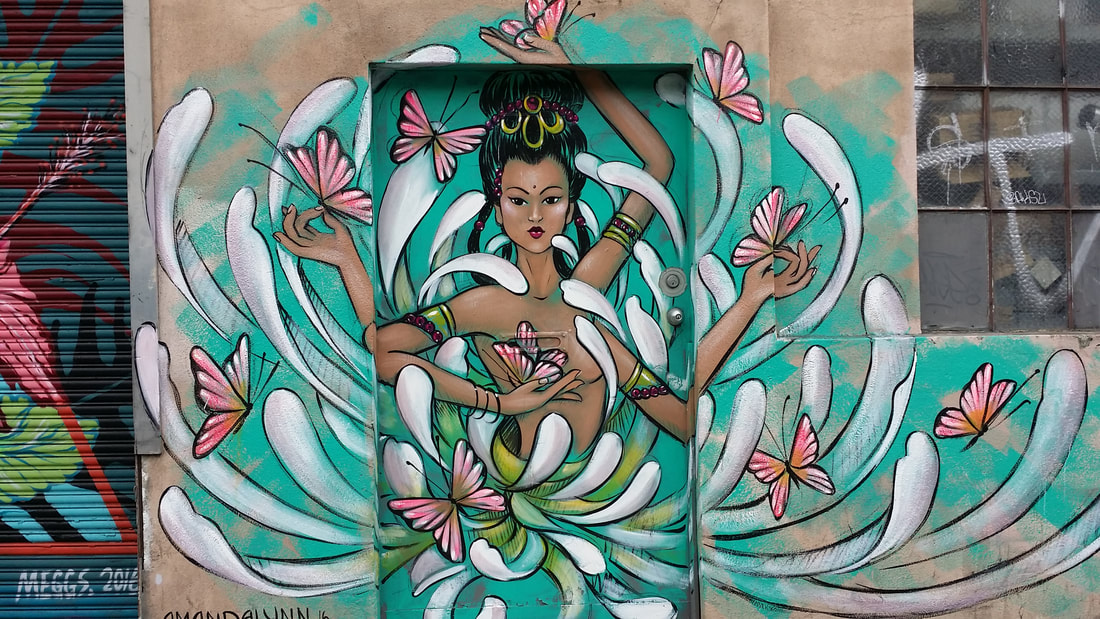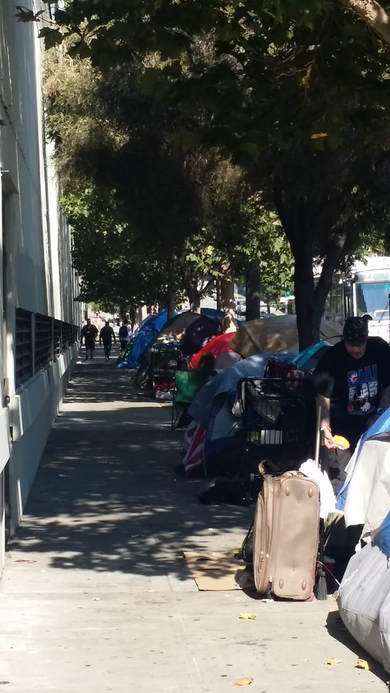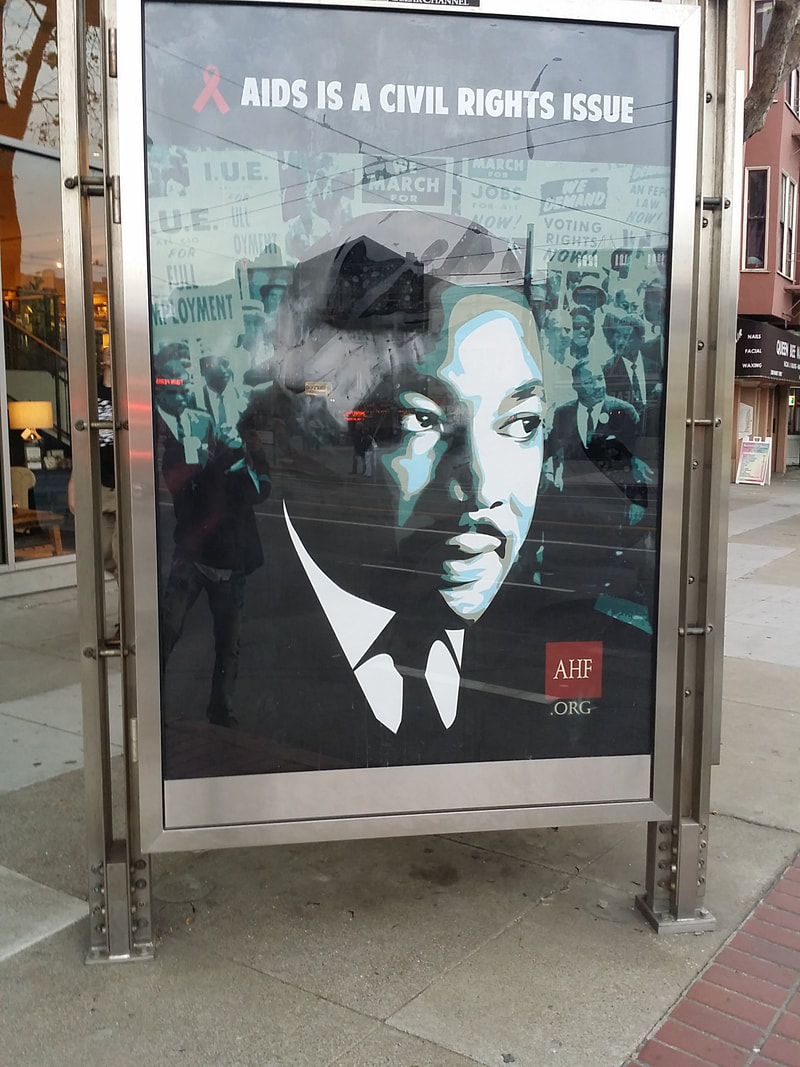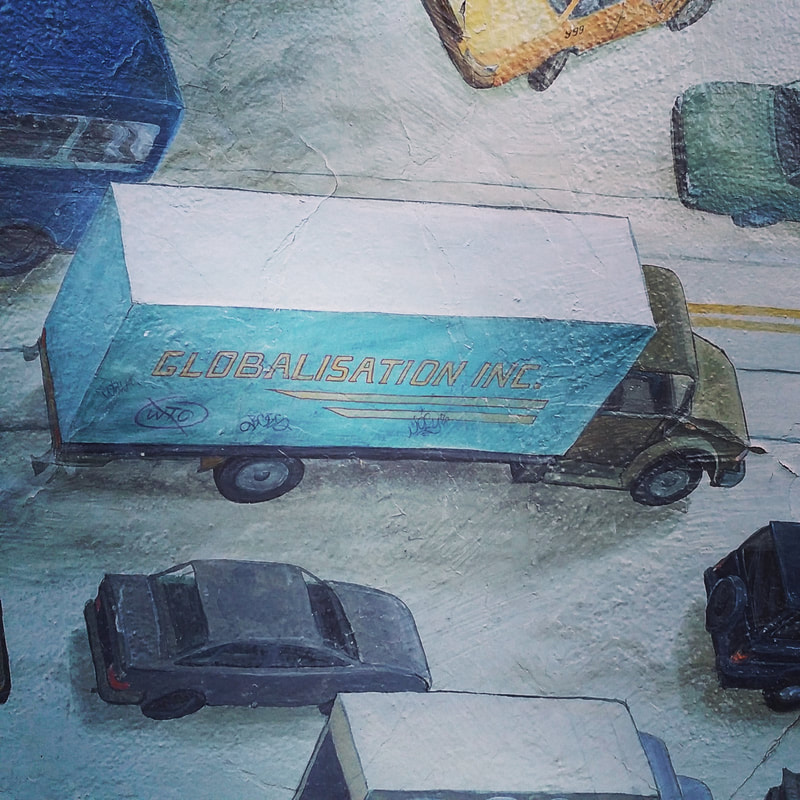|
EVIDENCE BASED |
A Qualitative Science
|
As a social science, anthropology relies on the predictability and replicability of its findings to justify its existence. In business, government, and policy, replicability also implies scalability. The theories anthropologists espouse must be able to predict accurately what future outcomes people can expect when similar variables are subjected to similar processes in the social realm of person-to-person, person-to-community, and community-to-community interactions.
Applied Anthropology is where we take our findings and make them applicable to the real world. It starts with observation (ethnography). Add a bit of theory to twist the observation into insight. From there, we find a new way to think about a phenomenon and test the insight as a public health message or intervention. |
|
SOME BRIEF EXAMPLES |
|
The snippets below give you a taste of what this looks like in practice.
For info on how medical anthropology fits within public health, and differs from other social sciences and the medical humanities, click here. (Coming soon.)
|
Why aren’t people receptive to conversations about gun violence?Students in Texas decided to protest campus open- and concealed-carry gun policy by strapping dildos (illegal to display in public) to their backpacks. People objected to the tactic. Why?
The issue is boundary cross: dildos are relegated to the private realm, and so their appearance in a public space causes outcry. Guns, being public ‘by nature’, raise no such objection. Crossing boundaries 'pollutes' one sphere with elements of the other. (When people oppose ‘guns in the home’, they likewise buy into a separation of what belongs to which sphere.) The result is miscommunication between private and public spheres. A more aligned -- though less potent --protest would use an item from the public realm whose display is restricted. (Goats in class anyone?) For more information about the student protest:
|
"Violence is a serious public health problem... CDC is committed to stopping violence before it begins." |
"The Internet is a Mask" |
Why are people so willing to bully others online? The theory of the masque explains the meaning and use of masques in an observed context like a tribal ritual, Hallowe’en, or Carnival. It also predicts what behaviour to expect when people don ‘masques’ (including an online alias) in other scenarios. Through this we gain insight into how we can shape those mechanisms in such situations to address detrimental outcomes like online trolling.
The theory shades between anthropology and psychology, but by shedding light on how online bullying works in related scenarios, we can find ways to 'unmask' and address the phenomenon. |
Why can't we hack public health instead of engineering it?
|
"Yet we need not wait for any of the great discoveries of the future to make the public health campaign of the present day bear fruit" Zen espouses a ‘beginner’s mind’ which ‘sees all possibilities’ because it hasn’t become tracked into familiarity with content or pattern. Its openness keeps things on track and provides self-correcting structures anchored in the basics. Innovation relies on both.
#zenmind #beginnersmind #backtobasics #lifehacks
|
"Lack of free passage results in pain" |
Is pain the same all over the world?Biomedicine recognises pain as acute or chronic, and (pharmaceutically) treats both similarly, relying on opiates. Chinese medicine doesn’t use opiates (except to treat diarrhoea), because it has a more finely textured approach to pain.
Chinese medicine views the body as composed of different humours (blood, qi, fluid); they divide types of pain differently to match these humours based on how different herbal medicines affect the body. They diagnose based on whether the pain is ‘sharp’, ‘dull’, or ‘pain that isn’t really (physical) pain’. They also acknowledge moving vs fixed pain; and pain that is relieved or worsened with pressure. Each is treated with a different herbal medicine, to ‘move blood’, ‘move qi’, or ‘move body fluids’. Chinese Medicine may not be able to resolve all pain; but neither does it treat all pain as alike. |
Why do we treat the homeless as individuals rather than a community? In San Francisco people often justify opposition to homeless encampments by citing 'public health concerns'. But homelessness is about more than 'clean streets', and public health is more than public sanitation.
Ethnographers who involve themselves with the homeless note that encampments are communities of people, with social ties, resources, and other points of stability. Yet in the individualist culture of the U.S., we gear interventions to individuals. Individual interventions break up these outside support systems. What happens once we see that cultural bias and move beyond it to start interventions which acknowledge the community aspect of homelessness? Some new projects aim to move one unit of social life up from individual interventions to keep homeless, their partners (and pets) together. For more information about homeless programs:
|
“We don't want to create a place that breaks down the very little supports that they have,” Leadbetter says. “It's about starting with what they have and building up." |
"Beyond individual behaviors, factors such as the hyperincarceration of African American men and geographically concentrated disadvantage may better explain inequitable disease burden." |
Why are HIV rates rising among African American women?Epidemiologists note HIV rates are high among African American women, particularly in the Southeast US.
As an infection spread through sexual activity, anthropologists look at romantic partnerships in the community. They note that women are forced to choose romantic partners from a limited pool; while men have have their pick of multiple, concurrent partners. The pool is limited because of the high rates of incarceration in the US black community. This makes mass incarceration, too often a partisan political issue, a public health issue both on its own, and in reference to HIV. |
How institutions thinkComing soon!
Got a topic you think I should cover? Let me know. |
|
It's not a narrow field, is it? |
|


